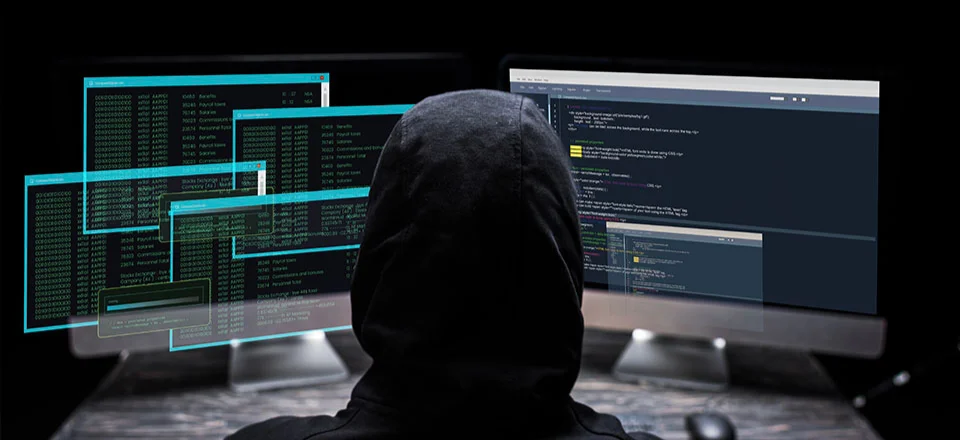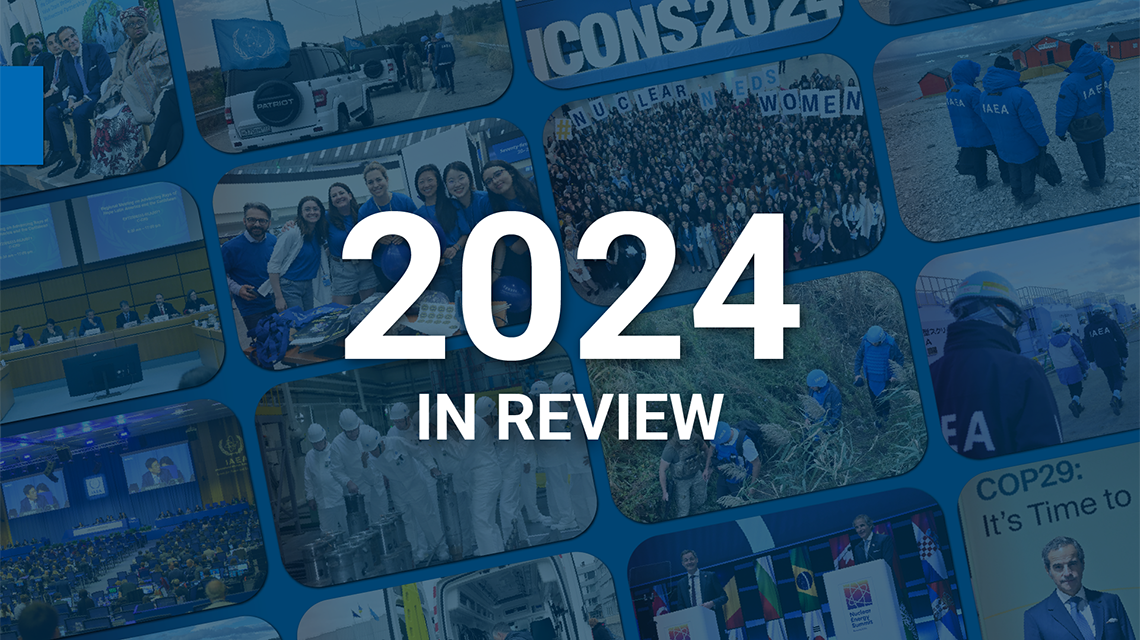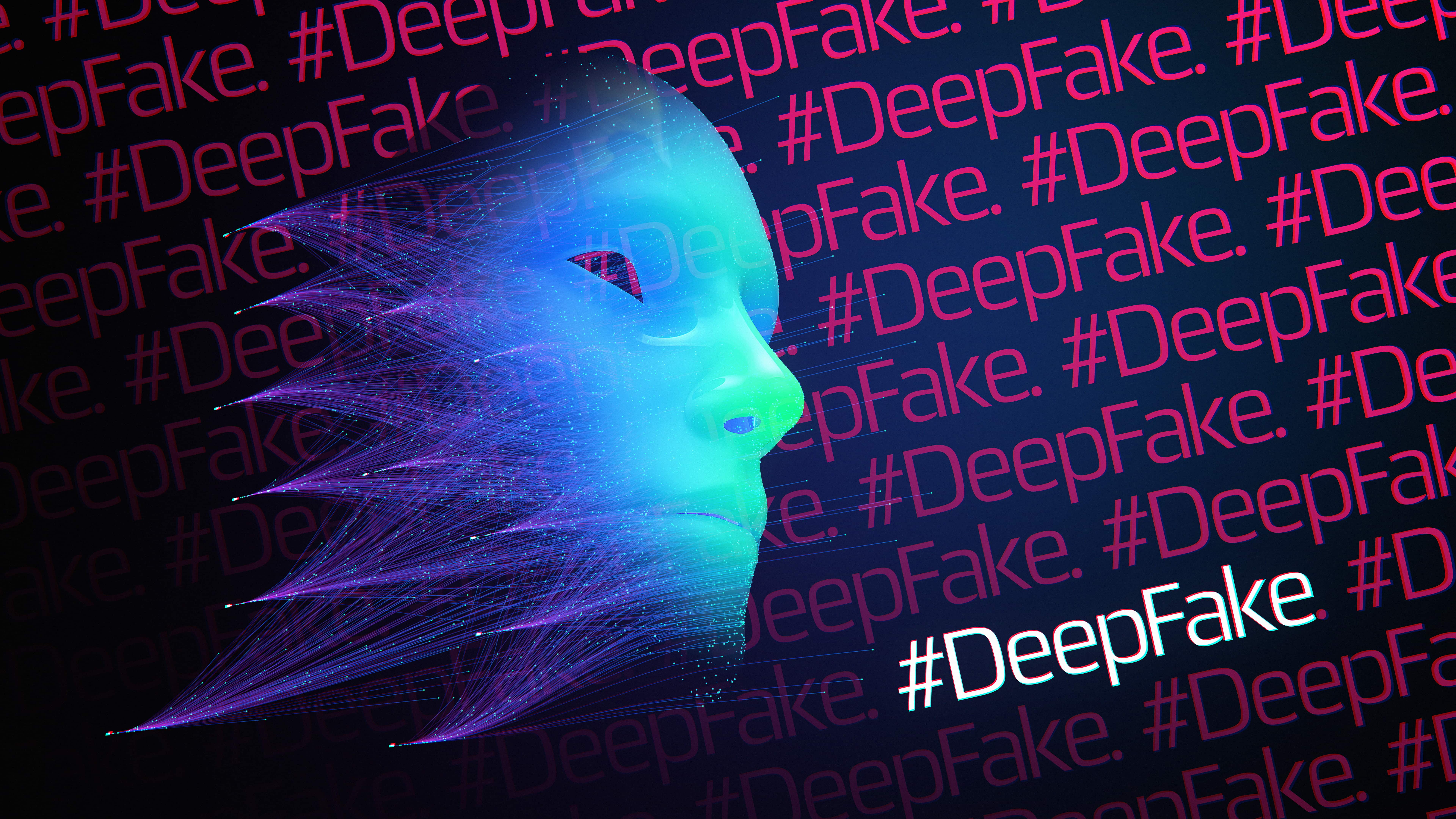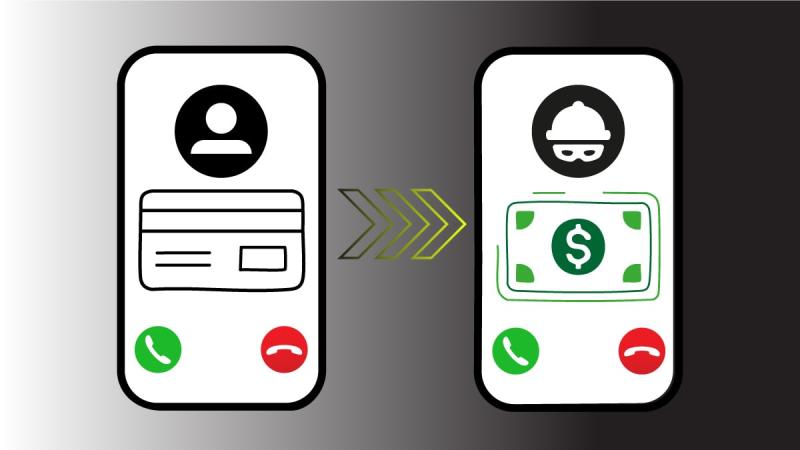California-based education software provider PowerSchool has fallen victim to a major cyberattack, compromising the sensitive personal data of millions of American students, parents, and guardians. This breach highlights both the vulnerabilities in digital infrastructure and the growing sophistication of cybercriminals.
Scope and Impact of the Breach
PowerSchool, a widely used platform for managing student records, attendance, grades, and enrollment, confirmed that hackers accessed its internal customer support portal in December. The breach exposed:
- Student Data: Addresses, Social Security numbers, grades, and medical records.
- Parent and Guardian Data: Names, phone numbers, and email addresses.
Hackers exploited stolen credentials to gain unauthorized access to the system, a technique increasingly common in the cybercrime landscape. With a customer base of 16,000 schools serving over 50 million students across North America, the breach is one of the largest in recent history.
Increasing Prevalence of Cyberattacks
This breach is part of a broader trend of escalating cybercrime. According to the FBI’s Internet Crime Complaint Center (IC3), cybercrime complaints reached 880,418 in 2023—a 10% increase from 2022 and nearly double the figures from 2019. The estimated financial losses from cybercrime since 2019 stand at $37.4 billion.
Common Technical Risks in Data Breaches
The PowerSchool incident sheds light on technical vulnerabilities and risks associated with modern digital ecosystems:
-
Credential Compromise Hackers often use stolen credentials to bypass authentication systems. These credentials are frequently obtained via:
- Phishing attacks targeting employees.
- Purchases on the Dark Web, where stolen login details are sold in bulk.
- Poor password management practices, such as using weak or reused passwords.
-
Internal System Exploitation Cybercriminals used the compromised login to access PowerSchool's internal customer support portal. Such portals often lack robust security measures, making them attractive targets.
-
Sensitive Data Storage PowerSchool stored a vast array of sensitive data, including Social Security numbers and medical records. Storing such data without advanced encryption or tokenization significantly increases the risk of exploitation.
-
Lack of Real-Time Threat Detection The breach occurred in December, but PowerSchool did not confirm it until weeks later. This delay highlights a critical gap in real-time threat detection capabilities, allowing hackers more time to exfiltrate data.
-
Exploitation of Legacy Systems Many organizations use outdated software or hardware that lacks modern security patches, creating vulnerabilities hackers can exploit.
Techniques Used by Hackers
Rob Scott, managing partner at Scott & Scott LLP, explained that the PowerSchool breach is an example of a sophisticated but increasingly common cyberattack method.
- Credential Stuffing: Hackers use automated tools to input stolen usernames and passwords across multiple platforms, leveraging reused credentials.
- Social Engineering: Techniques such as phishing and impersonation trick employees into revealing sensitive information.
- Data Harvesting: Hackers often exfiltrate data in stages, starting with login credentials and moving to larger datasets.
The Dark Web Connection
Many stolen credentials used in cyberattacks are traded on the Dark Web. This hidden part of the internet is a marketplace for illegal goods and services, including:
- Login credentials for corporate systems.
- Hacking tools and malware.
- Personal data like Social Security numbers and credit card information.
Financial Motivations
The majority of cyberattacks, including the PowerSchool breach, are financially motivated. While PowerSchool confirmed it paid a ransom to prevent the public release of stolen data, the exact amount remains undisclosed. This reflects a growing trend of extortion-based cybercrime, where hackers monetize breaches through:
- Ransomware attacks, where data is encrypted and held hostage.
- Selling stolen data to third parties.
- Blackmailing organizations with the threat of data exposure.
Legislative Limitations
Despite the existence of consumer data privacy laws in 20 states and breach notification laws across all 50 states, experts believe legislation falls short in addressing the root causes of data breaches.
-
Reactive Nature of Laws Most laws require companies to notify affected individuals after a breach but do little to prevent breaches in the first place.
-
Burden on Victimized Organizations Laws often place the responsibility of disclosure and remediation on companies that have already been attacked, adding financial and operational strain.
-
Proactive Safeguards More effective legislation, such as the California Consumer Privacy Act (CCPA), emphasizes:
- Data Minimization: Limiting the amount of data collected to only what is necessary.
- Purpose Limitation: Ensuring data is only used for its intended purpose.
Evolving Risks in the AI Era
The rise of generative AI has created new challenges in cybersecurity. AI systems require vast datasets to improve, increasing the demand for personal and corporate data. Cybercriminals exploit this environment by targeting repositories of high-value data.
Mitigating Technical Risks
While individuals have limited control over large-scale breaches, proactive measures can reduce exposure:
-
Strong Authentication
- Use multi-factor authentication (MFA) to secure accounts.
- Implement biometrics where possible for an additional layer of protection.
-
Data Encryption Organizations should encrypt sensitive data both in transit and at rest, rendering stolen data useless to hackers.
-
Regular Vulnerability Assessments Routine penetration testing and vulnerability scans can identify and address weaknesses in digital infrastructure.
-
Employee Training Educating employees on recognizing phishing attempts and maintaining strong password hygiene is critical to preventing breaches.
-
Data Minimization Avoid storing unnecessary sensitive data. For example, PowerSchool could have tokenized Social Security numbers instead of storing them in plaintext.
Cyber Hygiene for Individuals
Cybersecurity expert Kiran Chinnagangannagari, co-founder of Securin, emphasized the importance of “cyber hygiene” in mitigating risks:
- Selective Data Sharing: Be cautious about where you share personal information.
- Password Management: Use unique, complex passwords for each account and consider a password manager.
- Monitoring Services: Leverage tools like Have I Been Pwned to identify if your data has been compromised.
- Account Activity Vigilance: Regularly monitor bank accounts, credit reports, and online platforms for suspicious activity.
The Road Ahead
The PowerSchool breach underscores the urgent need for enhanced cybersecurity measures at both organizational and legislative levels. While technology advances, so too do the methods of cybercriminals. Organizations must invest in robust defenses, while individuals must adapt to the evolving risks of the digital age.
As Chinnagangannagari aptly put it, “We need to adapt to this new reality, one where proactive measures and awareness are not just helpful but essential.”
In a world where cybercrime is the new frontier of theft, vigilance, education, and robust technical safeguards are our best defenses.




























0 Comments